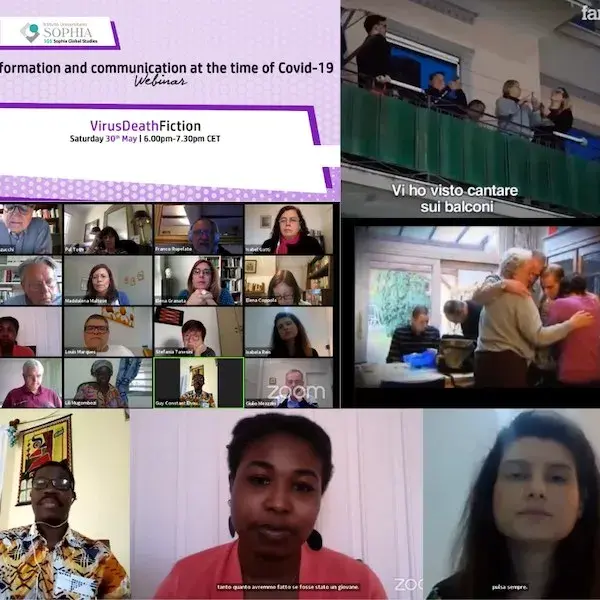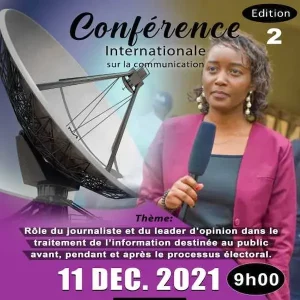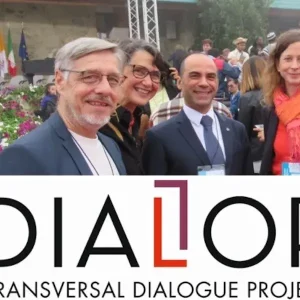
30.05.2020
The media treatment of death was the focus of the second international webinar in the cycle “Information and Communication at the Time of Covid-19”, promoted and organised by NetOne in collaboration with the Sophia Global Studies Research Centre.
The Covid 19 brought the archetype of death back to centre stage for humans. How can the representation of death in the age of the coronavirus be analysed? Is euthanasia still relevant? How is old age, the category most affected by the virus, represented? And how is marginality, the culture of waste, the myth of efficiency taken into account? Have journalists, video-makers and communicators adapted their narratives to the new historical moment? These are the questions examined on 30 May 2020 by Erik Hendriks, a Belgian film and television producer, Regina Udalor, a Nigerian filmmaker and video-maker living in Norway, Isabela Reis, a Brazilian cultural producer, Guy Constant Ehoumy, a journalist from Benin, and Elena Granata, an Italian lecturer, with moderation by journalist and NetOne international commission member Maddalena Maltese.
“It is an impossible time to tell,” according to Professor Granata. “Because everything has had its reverse. Every evil has had its good. Every madness, its normality”.
The lecturer was struck by the “one-way communication”, on the part of the state and the press, which did “a lot of harm to children and young people” and affected “the elderly alone in their homes”, by the “sudden silence of the balconies”, where people had begun to sing, to share words and emotions with their neighbours, to express their hope, solidarity…” At some point, those images were overshadowed and silenced by those of the dead. It was no longer tolerated “that one could sing on balconies and bury the dead, become sympathetic to one’s neighbours and dedicate oneself to the sick in hospital”. The professor emphasised that in Italy in the hospitals “an attempt was made to save everyone, really everyone, the young and the over-90s’. “It was not always successful but it was a shared civic sentiment” that reaffirmed the societal hallmark of intergenerational coexistence and the value of every life.
Erik Hendricks, recounted a work story with a strong human charge, for which the audience got the message: “it is possible to die without pain even without euthanasia”, opposed until the evening before the broadcast by the pro-euthanasia lobby. In the pandemic period, suicides and euthanasia plummeted in Belgium and Holland. The producer reported a conversation with a young student. “She said that many students of her generation feel very responsible for their elders. They strictly follow the rules imposed by the authorities, so as not to risk infecting some old person, who ‘could be my grandmother’. Another student added: ‘My grandparents are no longer living, but the elderly are too important to let them go’. I was impressed by these statements of young people. They give hope for the future,’ he concluded.
Beninese journalist Guy Constant Ehoumi explained that in Africa, where one does not usually talk about death in the media, out of respect, there is more emphasis on the numbers of infected and cured people. People generally treat themselves with natural medicine, but the strategies of the pharmaceutical companies disregard traditional cures and focus on the exclusive marketing of laboratory medicines. Producer Regina Udalor echoed her: ‘in Nigeria and Africa generally, the death of people over 80 is called a ‘celebration of life”, and it takes place in an elaborate manner and over several days. She is convinced that after Covid, even in Africa, death – which has always been treated with great respect and delicacy – will begin to be represented more in audiovisual productions. During this period, animated clips and other educational audiovisual products were produced on Covid for children and the general public.
“The wealth and exuberance of Rio de Janeiro are known all over the world, and so are the poverty and huge social inequalities”. In Rio, Isabela Reis creates cultural projects using images and film techniques to exploit the potential already in place in the suburbs. She states that social differences have been exacerbated in the pandemic: the infection rate of the black population and inhabitants of marginal neighbourhoods is significantly higher than that of the white population. Also because in the favelas ‘social isolation and adequate hygiene measures are practically impossible’. In this context, for the first time a group of artists from the city’s largest marginalised suburb surprised the public with their talent at an exhibition at the prestigious MAR (Rio Art Museum).








